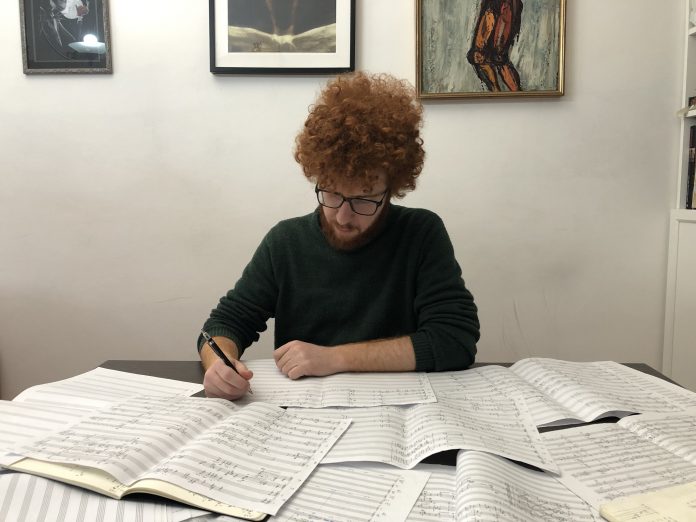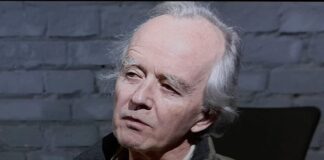L’arte cinetica ci ha insegnato come sia possibile attivare più stimoli nell’osservazione di un’opera o di un manufatto. Sia nel caso in cui c’è staticità che in quello in cui è possibile ottenere un movimento (più o meno casuale) l’osservazione può restituire una percezione che è nel contempo visiva ed artistica: un caso emblematico è quello delle sculture







